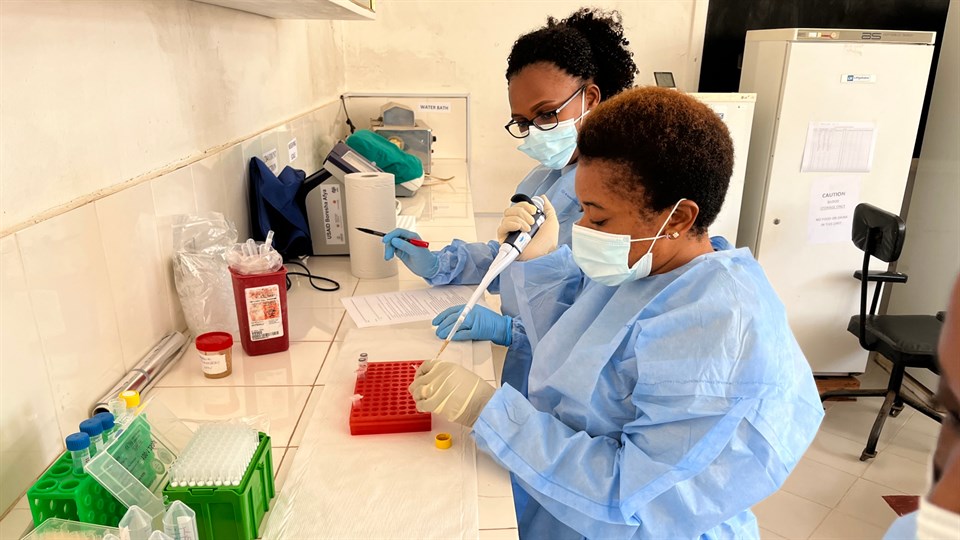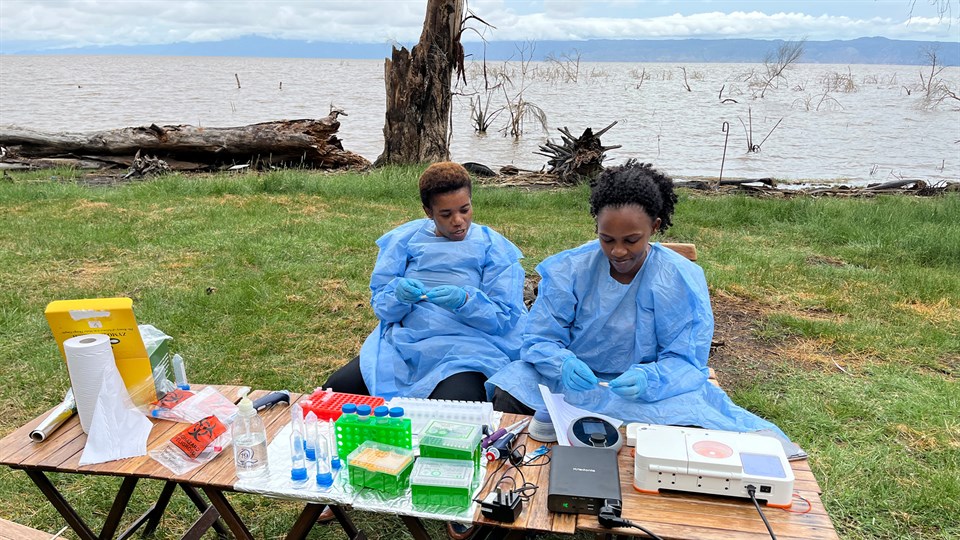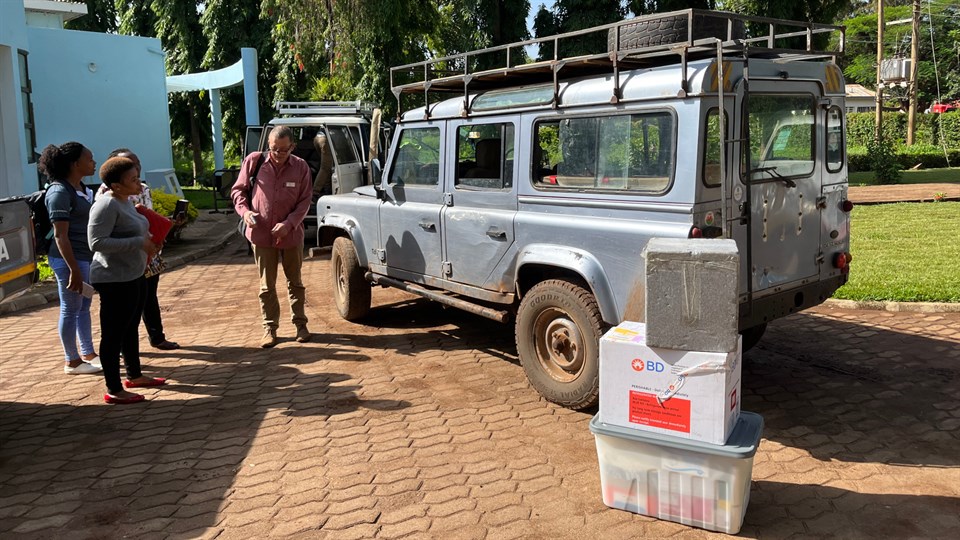Having the right people in the right place at the right time with the right equipment that can be used to find the cause of illness can mean the difference between life and death. To a DTU research team, a three-year-old Tanzanian boy will forever be living proof of this.
“Our best guess is that he wouldn’t have survived if we hadn’t figured out why he was ill when we did,” says Professor Frank Møller Aarestrup.
The professor and his team were in East Africa in the winter of 2022 doing fieldwork as part of a project funded by DANIDA. The project involved testing state-of-the-art technology for whole genome sequencing using basic IT tools under primitive conditions in the bush by examining microorganisms found in samples from waterholes.
Whole genome sequencing is a method of mapping the total DNA profile of microorganisms.
But before the team reached their first destination on the trip, they were urgently summoned to Machame Hospital to see if their equipment could find the reason why a weak and seriously ill boy was suffering from a severe case of diarrhoea that doctors were unable to treat with their preferred type of antibiotics.
Using the equipment that was supposed to make its début in the bush, the researchers quickly discovered that campylobacter bacteria were the reason why the three-year-old was ill—and just three days after the little boy was started on the right antibiotics, he was well enough to be discharged.
“That was the absolute highlight of the trip,” says Frank Møller Aarestrup with a smile on his face.
A superweapon for the entire world
While it is already standard procedure for countries like Denmark to use whole genome sequencing to detect diseases and investigate outbreaks, the method is not widely used in developing countries. Partly because the hardware used in a Danish laboratory is an expensive investment, and partly because a supercomputer and a super-fast internet connection are normally necessary for handling the huge amounts of data.
With the ambition of ensuring everyone in the world access to this weapon in the fight against diseases and outbreaks, the DTU researchers have developed a workflow that makes it possible to analyse the extensive DNA data with portable sequencing equipment and a laptop without internet access—and in just eight hours.
While the sequencing itself can be done relatively easily with available commercial solutions, analysing the large amounts of data is especially challenging. “It would be a game changer if developing countries also had easy access to using sequencing in discovering why people get ill,” says Frank Møller Aarestrup.
Fieldwork yields good results
Testing the technology at Machame Hospital and at various locations in the bush confirmed that the procedure works in real-life conditions, regardless of whether the sample comes from a boy with diarrhoea or a waterhole on the savannah.
“As far as I know, we are the first people in the world to succeed in doing a full purification of a sample as well as sequencing and—not least—analysing it on a laptop in the field,” says Professor Aarestrup enthusiastically.
The DTU researchers worked closely with colleagues from the Kilimanjaro Clinical Research Institute, which heads the DANIDA-funded project.
Their testing revealed various technical challenges that need to be taken into account when conducting field analyses. However, with that in mind, the researchers are convinced that the results of the analysis can be ready eight hours after the work to prepare the sample has begun.




